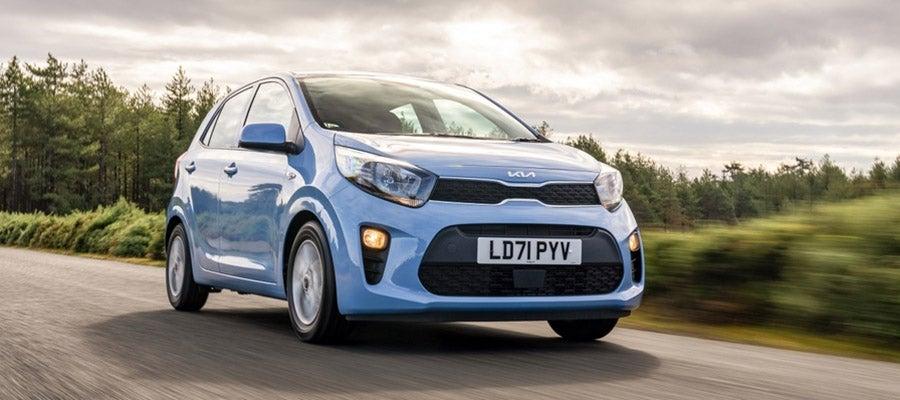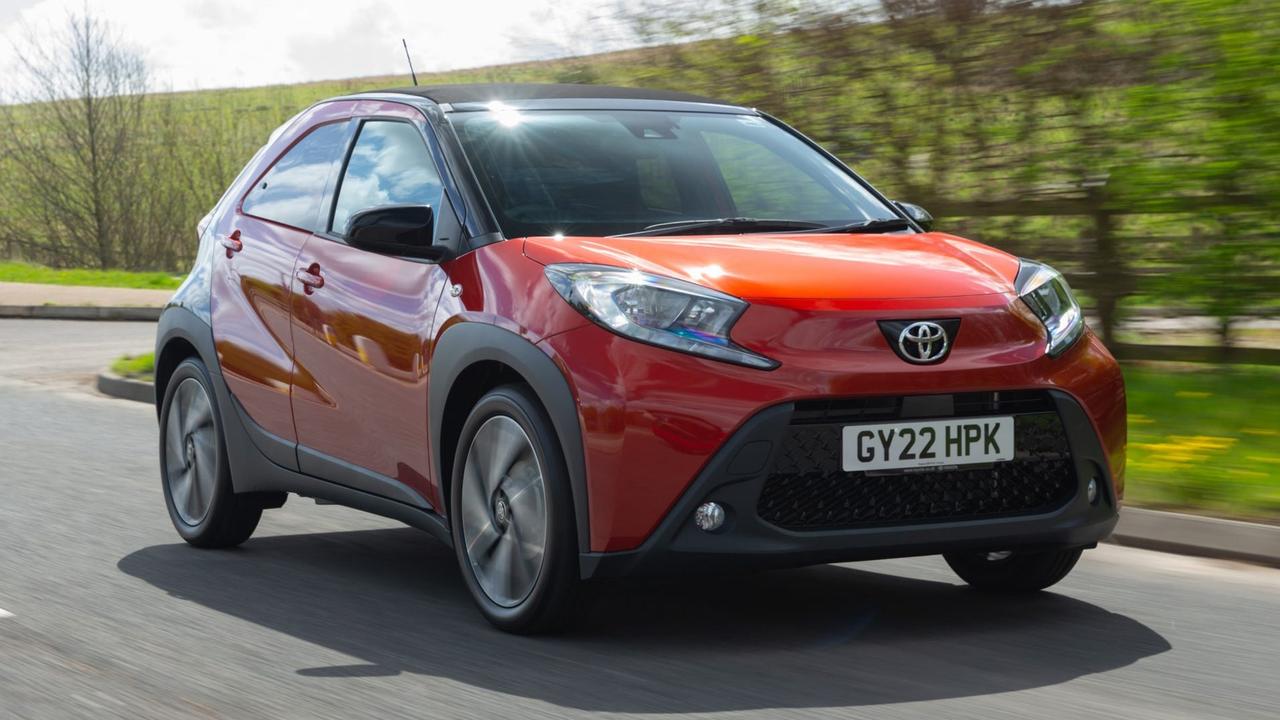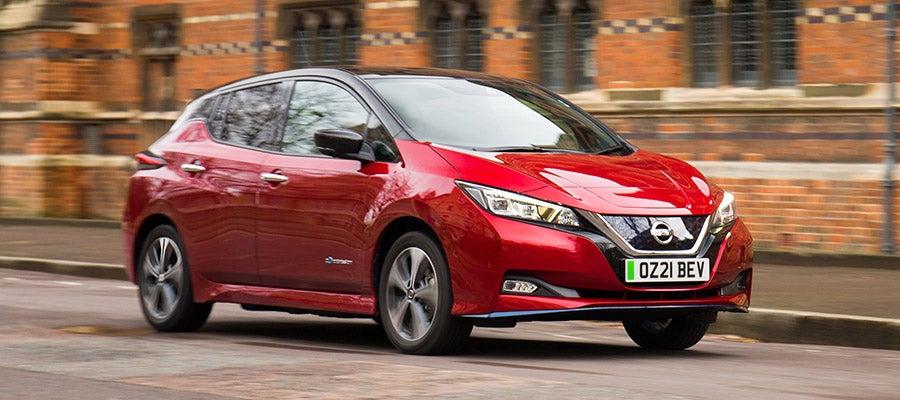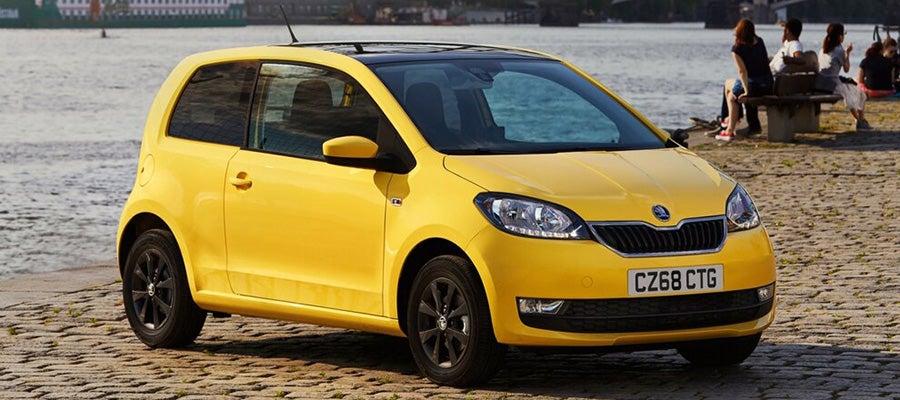Discover the cheapest cars to run this year. If you want to save money, our list reveals vehicles that are cheap to fuel, tax and insure
A car is likely to be one of your biggest purchases this side of a house… or two hours of central heating use.
Fuel economy, measured in miles per gallon (mpg) is one of the main ways that cars might be called cheap to run or not. A frugal car with high mpg won’t cost as much to fill up as some big gas guzzler. It’s not the only thing to consider, though – because tax, insurance and servicing costs all play their parts – so the question of ‘what car is the cheapest to run?’ isn’t quite as clear-cut as it might seem.
That’s why we’ve compiled 10 of the cheapest cars to run in the UK. Remember that nobody beats us on price, so you’re already giving yourself a head start by buying from Motorpoint.
1. Kia Picanto

- Official fuel economy: 58.9mpg
- Cost to fill up: £50 (fuel tank size: 35 litres)
- Insurance groups: 1-11
A city car will always have cheap running costs, simply because it has less metal and fewer parts than a bigger car like a Ford Fiesta. The Kia Picanto is a brilliant little car for young drivers, people who don’t need or want a big car, or anyone that needs a compact runaround for skipping across town. It’s very fuel efficient, consumables like tyres will be inexpensive, and models with the smallest engine and an automatic gearbox sit in the lowest possible insurance group.
Manual Picantos with the 66hp 1.0-litre petrol engine are just one group higher, but much nippier. The Picanto also impresses with its relatively spacious cabin and boot, strong list of standard equipment and refined drive. It shares a lot of parts with the Hyundai i10 but we’ve picked the Kia for its seven-year/ 100,000-mile warranty that should give many years of stress-free and low-cost driving.
Shop used Kia Picanto cars for sale or read our Kia Picanto review
2. Toyota Aygo X

- Official fuel economy: 58.9mpg
- Cost to fill up: £50 (fuel tank size: 35 litres)
- Insurance groups: 5-7
It might’ve returned as a slightly bigger, SUV-inspired city car, but the Toyota Aygo X hasn’t forgotten its commitment to keeping costs low. You’ll approach 60mpg on a run, it sits in one of the cheapest insurance groups and its relative simplicity means there’s little to go wrong. Have it serviced at a Toyota dealer and your dinky Aygo X will have warranty cover for 10 years or 100,000 miles, whichever comes first – so, on the off chance something does go wrong, you’re less likely to have to foot the bill.
The Aygo X doesn’t feel anywhere near as fragile as early Aygos, and the kit list is much more generous these days as well. You might not need a reversing camera in the 3.7-metre-long Aygo X but one’s fitted as standard, along with cruise control and large alloy wheels. Which you’ll enjoy until you realise the Aygo’s tyres don’t cost £40 a corner any more.
Shop used Toyota Aygo X cars for sale or read our Toyota Aygo X review
3. Skoda Fabia

- Official fuel economy: 56.2mpg
- Cost to fill up: £61 (fuel tank size: 42.5 litres)
- Insurance groups: 4-20
Leading the supermini class is the latest Skoda Fabia, which offers impressive practicality, a long list of standard features – including digital dials – and a pleasing blend of refinement and frugality. Not bad for a VW Polo in hand-me-downs.
The Fabia only comes with petrol power, with a choice of 1.0-litre and 1.5-litre engines. Incredibly, no Fabia dips under 50mpg, even if you treat yourself to the range-topping Monte Carlo trim level and an automatic gearbox. We’d stick with the 1.0-litre engine which, in 95hp or 116hp forms, has more than enough power and returns 53-56mpg. Insurance costs are reasonable across most of the range – go for the entry-level 80hp engine to get the lowest possible premium.
Shop used Skoda Fabia cars for sale or read our Skoda Fabia review
4. Hyundai Kona Electric

- Combined economy: 4.2 miles per kWh
- Range: 300 miles
- Cost to recharge: from £3
- Insurance groups: 20-27
Don’t discount a used electric car if you’re looking for cheap running costs – in fact, this is what you should buy if it’ll fit into your lifestyle. The previous-generation Hyundai Kona Electric is one of the top picks, because it’s affordable to buy and big-battery 64kWh models manage a fantastic 300 miles of range. And, in our experience, Hyundai’s range estimate-o-meter is usually very accurate, so you can plan your journeys with precision.
Insurance costs are a little high, but the Kona Electric makes up for it with mostly affordable servicing costs. And, if you buy a smaller-battery 39kWh model and charge it on a EV-specific home tariff, a charge could cost around £3. That’s up to 189 miles of driving for less than the price of a flat white.
If you can live with the smaller battery, also check out the Hyundai Ioniq Electric. It's even more efficient (and therefore cheaper to run), plus it sits in a lower insurance group than the Kona. Motoring doesn't get much cheaper than this!
Shop used Hyundai Kona Electric cars for sale
5. Nissan Leaf

- Combined economy: 3.5 miles per kWh
- Range: 168 miles
- Cost to recharge: from £3
- Insurance groups: 24-28
Electric cars can still be cheaper to run than petrol or diesel alternatives, especially if you pick a model that's focused on efficiency and value – such as the Nissan Leaf. The cheapest way to charge an electric car is to plug in at home, although you may have to factor in the cost of a home wallbox. It is possible to find free and low-cost charging stations at shopping centres and destinations, too. For charging at home or out and about, remember that the Leaf uses a rarer connector type, called ChaDeMo.
The Leaf will cost just a few pounds to charge at home (depending on your tariff), and a full charge gives you a useful real-world range. The Leaf's ace card is just how affordable it is to buy – you can pick up a low-mileage car for under £10,000, or around £170 per month on PCP finance!
6. Renault Clio

- Official fuel economy: 64.2mpg
- Cost to fill up: £56 (fuel tank size for hybrid: 39 litres)
- Insurance groups: 10-15
The Renault Clio is one of our favourite small cars for its smart style and quality interior. And, it’s available with an ‘E-Tech’ full-hybrid engine that’s capable of almost 65mpg. Around town, the small battery can do most of the heavy lifting, with the petrol engine only kicking in when you go a bit faster. But you don’t need to plug the Clio in, so it’s ideal if you want low running costs without having to faff about with charging cables.
The hybrid is the best engine to pick if it’s not too expensive. It’s smooth and powerful, yet it barely sits in a higher insurance group than the 1.0-litre TCe petrol engine. If that TCe engine is all your budget stretches to, don’t worry – it’ll still return up to 54mpg.
Shop used Renault Clio cars for sale or read our Renault Clio review
7. Skoda Citigo

- Official fuel economy: 54.3mpg
- Cost to fill up: £50 (fuel tank size: 35 litres)
- Insurance groups: 1-4
The petrol Skoda Citigo was always an inexpensive car to buy new, and it’s even better value as a used buy. You get low monthly payments but plenty of space for four adults, despite being such a small car. The Skoda is best around town but is happy on longer journeys too, as long as you have a little bit of patience – its engine doesn’t have a huge amount of power. Still, the Citigo’s light weight and small size mean it’s very fun to drive, and you’ll be enjoying yourself while not spending an awful lot of money. All in all, it’s a great car.
All petrol Citigos have low insurance groups, with many slotting into the very lowest groups for cheap insurance premiums. The simple 1.0-litre engine doesn’t have much to go wrong, and things like brakes and tyres will be cheaper to replace than a larger car. Can’t find the Citigo you want? Also check out the Volkswagen Up and SEAT Mii – they’re the same car besides the badges and minor styling changes.
Shop used Skoda Citigo cars for sale
8. Toyota Yaris Hybrid

- Official fuel economy: 58.9mpg
- Cost to fill up: £52 (fuel tank size: 36 litres)
- Insurance groups: 8-15
While it's not the most obvious choice, a last-shape Toyota Yaris with a hybrid petrol engine may be one of the very cheapest cars to run that you can buy. It'll manage almost 60mpg – perhaps even more around town – and, even with its hybrid system, insurance costs are delightfully low. We've also picked this shape of Yaris because it's cheaper to buy than the current car, and its modestly sized wheels will keep tyre replacement costs low.
What's more, the Yaris is the ultimate cockroach car, and the majority of owners report a faultless ownership period. So, even with the back up of Toyota's industry-leading warranty, you'll be unlucky if you need to use it.
Look for the Icon Tech trim, and you'll be blown away by the standard equipment, which includes a reversing camera, cruise control, two-zone climate control and traffic sign recognition.
Shop used Toyota Yaris Hybrid cars for sale
9. Volkswagen Polo

- Official fuel economy: 52.3mpg
- Cost to fill up: £58 (fuel tank size: 40 litres)
- Insurance groups: 1-12
You might not expect to see a premium supermini like the Volkswagen Polo in this list. It can be surprisingly cheap to run, especially if you stick to the 1.0-litre Evo petrol engine. Fuel economy can be impressively high, while almost every Polo with this non-turbocharged engine offers the lowest possible insurance costs.
That includes high-spec Match editions with cruise control, DAB radio and shiny 16-inch alloy wheels. The Volkswagen is a grown-up feeling small car with excellent build quality, offering a confident drive and refinement at motorway speeds. This entry-level engine isn’t what you’d call quick, but sticking to lower speeds will help to reduce your fuel bills anyway. Turbocharged TSI versions of the 1.0-litre engine are in a higher insurance group but offer similarly strong fuel economy and better performance.
Shop used Volkswagen Polo cars for sale or read our Volkswagen Polo review
10. Ford Focus

- Official fuel economy: 62.8mpg
- Cost to fill up: £70 (fuel tank size: 47 litres)
- Insurance groups: 12-20
Diesel is still king if you regularly drive long journeys and, despite fuel costs usually being higher than petrol, diesels typically have higher MPG figures, so are more cost-efficient for racking up a lot of miles. We’ve picked the Ford Focus 1.5 EcoBlue diesel for this, not only for its promise of more than 60mpg, but for its low insurance groups too.
In the long term, it’s easy to find a Ford garage if you want to keep the car serviced at a main dealer, and replacement parts are usually cheap and widely available.
Shop used Ford Focus cars for sale or read our Ford Focus review
Check out our great choice of used cars for under £10,000 or used cars under £200 per month.
* Fuel costs based on 145p per litre for petrol and 150p per litre for diesel. Economy figures are manufacturers’ quoted figures and were achieved in test conditions. All figures correct at time of writing.



































